The role of the global mobility function is evolving. Once viewed primarily as an operational unit, today’s mobility teams are being asked to do much more: act as strategic partners, talent integrators, data-driven influencers, and effective vendor managers, all while keeping the employee experience at the heart of every move.
How are global mobility programs structured today?
Survey findings show that program characteristics, such as size, number of locations, and degree of outsourcing, strongly shape the way mobility functions are structured.
- Team size varies widely: From just one full-time employee in smaller programs to 30+ in larger functions.
- Caseloads can be intense: Larger teams may handle 200+ cases per FTE, often balancing workloads through outsourcing.
When it comes to reporting structure, mobility most commonly sits under Total Rewards, with 76% of organizations having one global leader owning mobility. A centralized model remains the norm (58%), but many companies (35%) use a hybrid approach that blends global oversight with regional or local responsibilities.
Why are vendor relationships so critical to mobility success?
Vendor reliance continues to be a defining characteristic of global mobility. in fact, 76% of companies partially outsource their programs, with mobility teams typically managing the contracts themselves. This makes vendor management a critical skill that ensures consistency, efficiency, and cost control across programs.
What technology challenges do mobility teams face?
Despite the growing complexity of global mobility, 61% of functions still rely on Excel or manual tools. While many are exploring new technology investments, the gap remains a major challenge.
The right tools can:
- Streamline operations
- Improve data reliability
- Elevate the mobility experience for both employees and business leaders.
How well do mobility leaders track program costs?
Only 31% of mobility functions regularly track total program costs. This lack of visibility limits the ability of mobility leaders to influence broader strategy.
Better technology adoption and stronger vendor integration could help close this gap and equip leaders with the insights they need to shape organizational decision-making.
What’s next for global mobility?
As technology evolves, vendor capabilities expand, and workforce expectations shift, mobility leaders are at a crossroads. The challenge is clear: design a function that not only supports moves but also drives business and talent success.
The survey highlights show a mobility function in transition, one that is becoming more strategic, data-driven, and future-focused. For organizations ready to optimize their approach, the time to reimagine the mobility function is now.
If you are part of a corporate mobility team, please contact us to receive a copy of the full survey report and explore how leading organizations are shaping the future of global mobility.
Want More on the Global Mobility Function?
Explore additional AIRINC insights that dive deeper into how organizations are designing and evolving their global mobility functions:
-
Global Mobility Function Paper: Learn how leading companies are redefining their mobility functions to deliver business value and enhance the employee experience.
-
Global Mobility Function Case Studies: See real-world examples of how organizations are transforming their program design, vendor partnerships, and technology use.


%20(76)%20(1).png)


%20(83)%20(1).png)
%20(71)%20(1).png)

